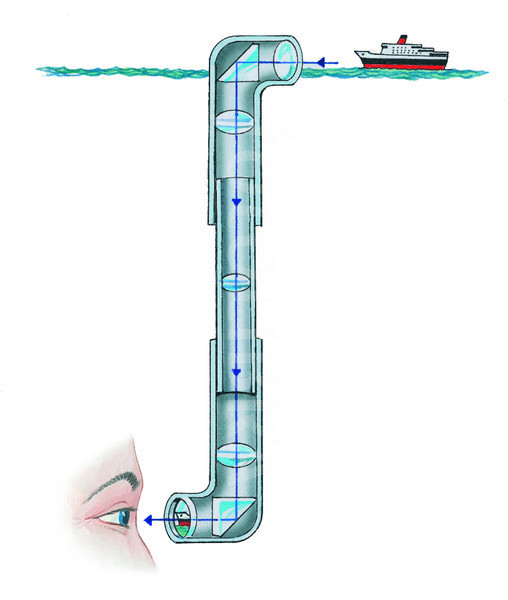En este curso, nuevamente la propuesta era la siguiente:
DISEÑA Y CONSTRUYE UN PROGRAMADOR CICLICO ELECTROMECANICO que cumpla las siguientes características:
OBLIGATORIAS:
- Dimensiones máximas: Altura 240mm, anchura 180mm, profundidad 280mm (0,75p)
- Al accionar el interruptor el semáforo o cartel luminoso deberá iluminarse alternativamente. (4p)
- La estructura deberá cumplir propiedades de estabilidad, resistencia y rigidez (0,75p)
OPCIONALES:
- Circuitería oculta (0,75p)
- Diseño ligero y ahorro de material (0,5p)
- Accesibilidad para cambio de repuestos: pilas, LED, etc (0,75p)
- Reducción extra de velocidad (1p)
- Diseño original (0,5p)
- Estética: acabados y pintado (1p)
Para ello, tenían que tomar decisiones sobre los siguientes elementos del sistema:
- Transmisión de movimiento (mecanismo reductor)
- Elemento movible
- Programa
- Interruptores
- Receptor
TRANSMISIÓN DE MOVIMIENTO
Uno de los requisitos obligatorios del proyecto era la utilización del mecanismo tornillo sinfin-corona como sistema reductor principal.
Algunos grupos se han animado a colocar un sistema extra de reducción de velocidad, usando engranajes con cadena o un sistema de poleas con correa.
ELEMENTO MOVIBLE, PROGRAMA e INTERRUPTORES
Este curso ha habido poca variedad, habiendo elegido todos los grupos la lata de refresco forrada de papel de plata como elemento movible, dada su mayor fiabilidad frente a opciones de otros cursos como los discos o cigüeñales. El programa en este caso se define con tiras de cinta aislante de duración y colocación en función de la secuencia deseada en las luces.
Los interruptores en este caso son tiras metálicas de la misma anchura que las tiras de cinta aislante.
RECEPTOR
Por último, este ha sido el aspecto en el que más se ha desarrollado la creatividad del alumnado, huyendo del clásico semáforo y apostando por otros receptores más elaborados.
Este curso hemos tenido varios modelos de cohetes, con su cuenta atrás.
También se han repetido los árboles de Navidad.
También ha habido monumentos importantes del mundo, como la torre Eiffel o el Big-Ben
Y luego una variedad de motivos diversos como coches, casas, atracciones de feria o barquitos.
Por último, como es habitual, os dejo con un pequeño video donde podéis ver los proyectos funcionando. Enhorabuena a todos los grupos por el trabajo realizado y nos vemos el curso que viene con más y mejores ideas, seguro. ¡Buen verano!































